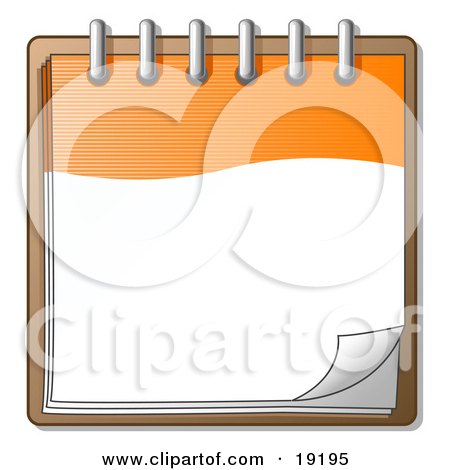I hope that by now, I’ve drilled into you to buy produce in season. While some say menu planning and buying from lists is the key to running a frugal kitchen, I take issue with doing so as such shopping does not take into consideration fluctuating prices.
I had always been buying whatever was on sale, plus a few basic staples and then throwing them together in culinary feats. I would buy a little bit of this and a little bit of that, because that was on sale, and I just needed to take advantage of the bargain. Then I would get myself into “trouble” when my next shopping day would come and I still had a head of cabbage, a pound of oranges, and some hardy root vegetables from my last round of shopping. I’d be faced with the dilemma whether to buy more food on my “Tuesday sale day” or see if I could hold off with the items in my home until my next shop day would roll around, and inevitably fail when my food would run out before Tuesday, and I’d need to go shopping and would end up buying produce at full price instead of on sale.
Also, sometimes I’d never get around to using some of the food I would buy before it spoiled, because my refrigerator was so packed that I forgot which foods were hidden in the back.
A few months ago I decided that I needed to stop overbuying cheap produce. As rule number 8 (on the sidebar) says, something is only cheap if you actually will use it. I was overspending by overbuying cheap foods. Even at a good price, those 25 cents per pound added up and I ended up wasting money by buying large quantities of foods that would spoil before I could get around to using them.
Here I had a quandary that stumped even me, the great Penny. What to do to not overspend on cheap food, yet not be tied to buying strictly from a shopping list that can’t take sale prices into account?
This dilemma was perturbing me for weeks until I finally figured out a workable solution. The answer to the problem took a little creativity, some ingenuity, a bit of time, and some forethought. Creativity comes easily to me, but the forethought is a bit of a challenge to someone ADD brained like myself. You know my bi-weekly menu plans posted on my blog? That’s a new thing in my life, uncharted territory for scatterbrained me, but those menu plans were necessary in order to quit overbuying and overspending on cheap food.
The solution to my issue is this- I make a menu plan. Only while I am in the store. I do a perusal of the store, note the sale items, and then sit down and write down a menu plan based on those cheap items. While still in the produce department. This necessitates a bit of mulling over the vegetables, but I’d rather dilly dally around the cukes than than overbuy vegetables that will remain uneaten and end up satiating only the rubbish bin (or compost heap, in my case).
To menu plan while in the store requires either creativity or an arsenal of varied recipes. To see that potatoes, cabbage, carrots, onions, and tomatoes are cheap and to decide upon colcannon for one night, sweet and sour stuffed cabbage for the next, chicken stir fry for another, hash browns and eggs for another, and cabbage tuna noodle casserole for the last meal can be quite daunting for someone unused to menu planning without cookbooks for inspiration, but its a skill worth learning.
When I see a whole bunch of items on sale, how do I know what dishes can be made with these available cheap ingredients?
Well, usually I read other frugal moms’ weekly menu plans and get an idea of what these other ladies are cooking for their family. Usually the dishes that these women are making are made with in season produce. No, I’m not living in the US, but I am also living in the Northern Hemisphere, so what is in season in Nashville, Tennessee, home of Frugal Nashville Blogger (made up name), is usually also in season in my locale. Reading frugal menu plans is good inspiration, and usually, they give good ideas of what to make with the foods that will likely be on sale where you live.
 If ideas for foods slip from your mind under pressure, consider jotting down these bloggers’ menu ideas and the main ingredients in a notebook. While shopping, reference the list and see what can be made with the sale items as ingredients, and then use those dishes in your menu.
If ideas for foods slip from your mind under pressure, consider jotting down these bloggers’ menu ideas and the main ingredients in a notebook. While shopping, reference the list and see what can be made with the sale items as ingredients, and then use those dishes in your menu.
If you’re a bit more adventurous in the kitchen and don’t mind experimenting a bit, you can either keep in mind or write down in a notebook which food combinations are tasty. Then, you write down in your menu plan “eggplant, tomato cheese dish” and then when home, either experiment with a recipe, or use Google to show you a tried and true recipe using this food combination.
Here’s a list of which foods combine well. These combinations will give you many choices of dishes and recipes to make:
Starches like potatoes, noodles, rice go well with anything, whether vegetable or protein.
Eggplant goes well with tomatoes, zucchini, greens, cabbage, poultry, beans, cheeses.
Tomatoes go well with peppers, eggplant, zucchini, greens, dairy, beans, poultry
Cabbage goes well with either tomato based, dairy, poultry, stir fry type dishes with carrots, peppers, zucchini
Zucchini goes well with dairy, tomato, beans, poultry
Carrots go well in most soups, stir fries, with other orange veggies like sweet potato, pumpkin, butternut squash
Please add more great food combinations for readers to keep in mind, in the comment section below.
Since I’ve started menu planning while in the store, I’ve cut back on my grocery bill even more than I already had been. I don’t stick to my menu religiously, but I do reference it when I get overwhelmed and think “What on earth can I possibly make with 5 lbs of beets!?!?”
Do you menu plan? Where do you write your menu- in the store, or at home? Or do you just buy what is on sale, possibly overbuying, and then cooking with what is already in the house?




